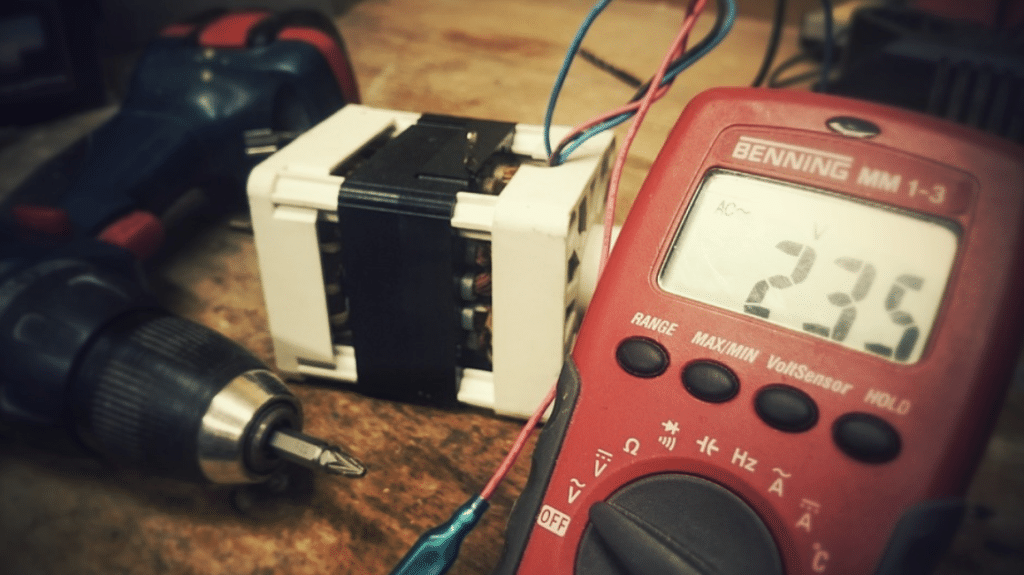
Electronic enclosures are important and often essential components of any device. They protect against dust, water, and other elements, ensuring that the device can function as it should. However, constantly checking if your device is still waterproof can take time and effort. This post will look at quick and simple ways to check if your electronics enclosure is still waterproof. Whether you’re using an outdoor device or want peace of mind that your electronics are well protected, these techniques can save you time without compromising on quality.
1 – Check the IP Rating
Also known as the Ingress Protection, or IP rating, the IP number indicates the enclosure’s ability to resist dust and water. It consists of two numbers: the first indicates protection against solids such as dust, while the second indicates protection against liquids such as water. The higher the number, the better it is at protecting your device from potentially damaging elements.
The second digit measures waterproof capabilities. The higher the number, the better the enclosure keeps water out. An IP rating of ‘6’ or more would indicate that it can withstand powerful jets of water from any direction and is completely sealed against any liquid ingress.
Anything below five only offers minor protection against rain, light jets, splashes, and sprays. A rating above 7 can withstand immersion up to a certain depth for a set amount of time, making it suitable for outdoor applications. A faulty system with a rating lower than this might not be suitable for its intended purpose.
2 – Runtime Monitoring and Routine Checks
You can only be sure about your enclosure’s waterproof capabilities if you perform regular checks. This means monitoring the enclosure’s performance over time and considering any environmental changes that could affect it.
It is also essential to perform routine inspections, where you can check for any physical signs of damage or wear and tear. Look out for any cracks, dents, rust, or corrosion, as these can all be indicators of exposed internal components. Waterproof test equipment can also help to detect any areas that could be vulnerable to water ingress. Remember to keep logs of your inspections, so you have the data to refer back to when needed.
Visible damage on the insulation lines, terminal blocks, and connectors should also be taken care of immediately, as these are the most prone to damage due to their exposed nature. When working with water, it is always better to be safe than sorry.
3 – Use an Enclosure Testing System
Complete immersion testing is the only way to determine whether your enclosure is waterproof. Even with the latest technologies, systems could have faults that could compromise the enclosure’s waterproofing. If you want to be sure, it is best to use an enclosure test system.
Commercial product testing laboratories are equipped to offer a wide range of tests, such as water and dust proofing, vibration and shock resistance, temperature extremes, and much more. By using a professional test system, you can be sure that your enclosure is ready for the worst that nature has to throw at it. You can also run physical tests like the ‘paper-clip check,’ where you run a paper clip along the seal of the enclosure. If it catches on anything, then this could be an indication that there are some weaknesses in the seals.
By following these three steps, you can ensure that your electronics enclosure is up to the task and ready to protect your device from any potential damage. Whether you’re using an outdoor device or want peace of mind that your electronics are well protected, these techniques will help you determine if your enclosure is genuinely waterproof.